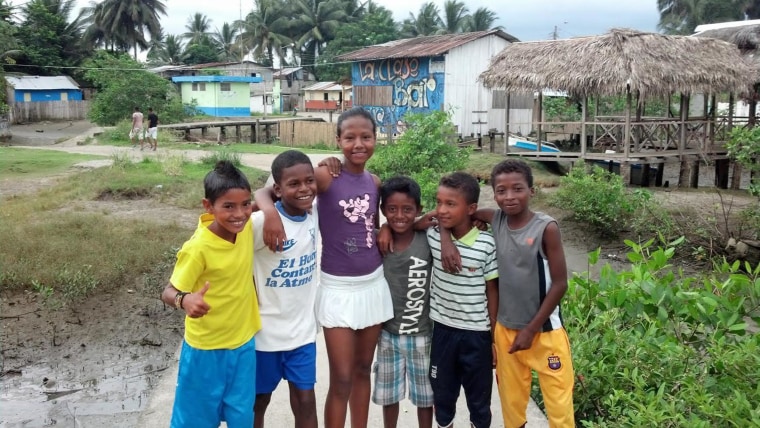It might be time for you to plan your next vacation, but you want to do more than lie around on a beach sipping drinks. If you have wondered about volunteering abroad, it's a great way to give back to communities who could use a helping hand.
In honor of Hispanic Heritage Month, we spoke to Americans who have volunteered in Latin America, and they shared with us their life-changing experiences. You don't need much time, or money. In as little as a day or two, and $50, you can make a difference in someone's life.
Build Houses In Colombia
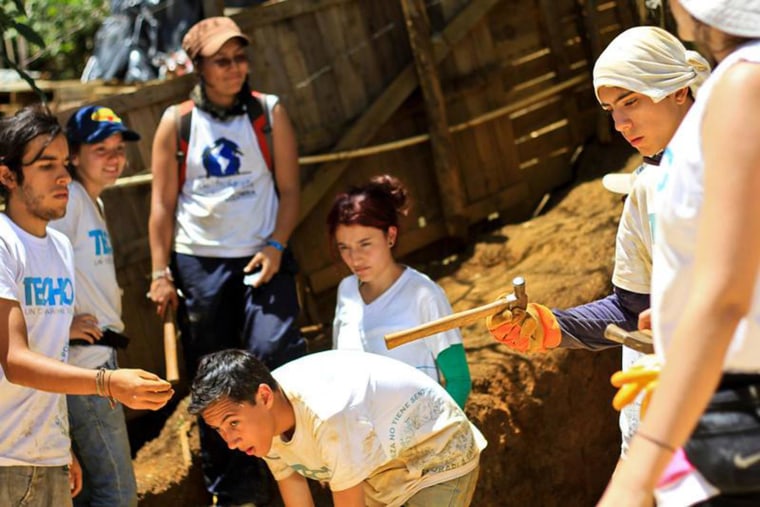
José Giron was born in Bogota and immigrated to the U.S. at age 5. Today, he’s a student at the University of Southern California. After hearing so much from family and friends about the good deeds Techo does in Latin America, he finally decided to volunteer with the non-profit organization and went to Medellin in June of 2013.
The project involved 15 U.S. volunteers and around 150 local volunteers, and its aim was to build 25 houses in a slum on the outskirts of Medellin. We asked José about his experience.
Sign-up process/requirements:
"It’s just a matter of sending an e-mail that you’re interested in helping in some way. Because Techo is basically volunteer-driven, we relied on our own fundraising to achieve our goals. Each volunteer had to pay something like $200 USD. If we didn’t come up with our goal amount for the trip, the central office in Chile would have to lend us the money that we have to pay back."
Length of trip:
"I left on a Thursday night, and I was back Sunday afternoon, but I fundraised for a good four months for my plane ticket. Techo has teams that go months ahead of time to identify the groups of individuals or families that need the most help. The house costs about $2,000, and the family has to come up with about $200 (10 percent) in a couple of months. Techo volunteers also search the areas to see if the area is plausible given the terrain. You can volunteer for any part of the project."
Where was the stay:
"In a school in Manantiales de Paz - 20-25 minutes from the city, but it’s the second largest slum of people displaced by violence. These people have been displaced because the military and guerrillas are fighting too close to their homes...There is no water - it is brought up by trucks. This makes water much more expensive."
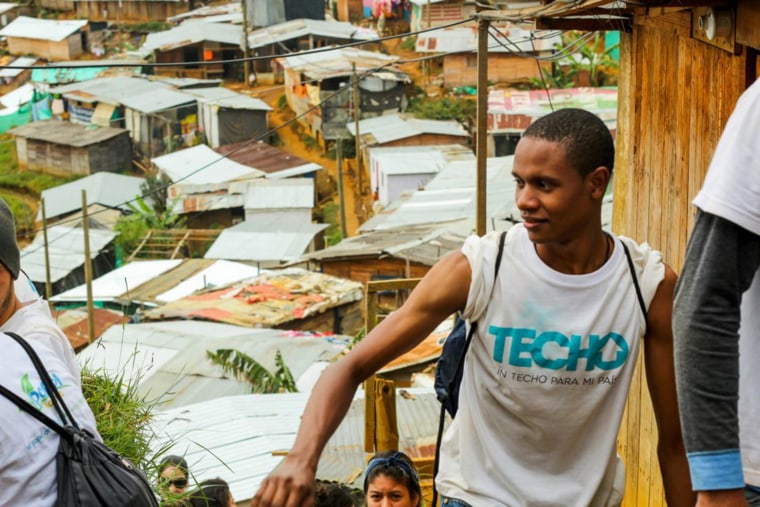
What volunteers do:
"The first thing you do is get split into cuadrillas of 7 to 8 people. Each of these cuadrillas are assigned to build a house in the slum. We were assigned to this house that was up a steep hill. We had to carry all our equipment, because the trucks couldn’t even reach it. We had to carry like the entire front wall up the slope or the main beam up the slope. You work with the family that you are building the house for, and you really experience what it’s like to live there. We worked for three days building this house, from dusk until dawn."
Life-changing moment:
"One of the nicer experiences is seeing how many people in the community helped us. There was a man who didn’t have an arm. He was helping us unload these extremely heavy beams and carrying them up the slopes, which were stairs made out of sandbags. At my particular house, there were these three neighborhood kids who were helping us - not more than 10-years-old. That was pretty moving."
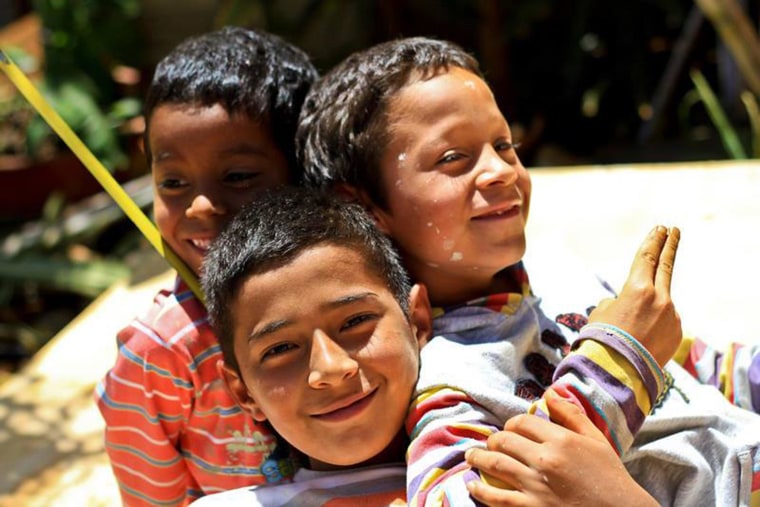
Visit Orphans In Mexico
Hilda Pacheco-Taylor, the founder of the Corazón de Vida Foundation, was an orphan in Baja, Mexico herself when she was a young girl. Today, she supports 15 orphanages throughout Mexico, housing more than 850 children. As they get older, she tries to teach the youths job and social skills with the help of the volunteers that visit.
Mariana Saori Wall, 26, from Venice Beach, CA, has been volunteering with Corazón de Vida for the past seven years. The focus of the trips, she says, is to spend time with the orphans and provide them much needed one-on-one attention. We asked Mariana about her trips:
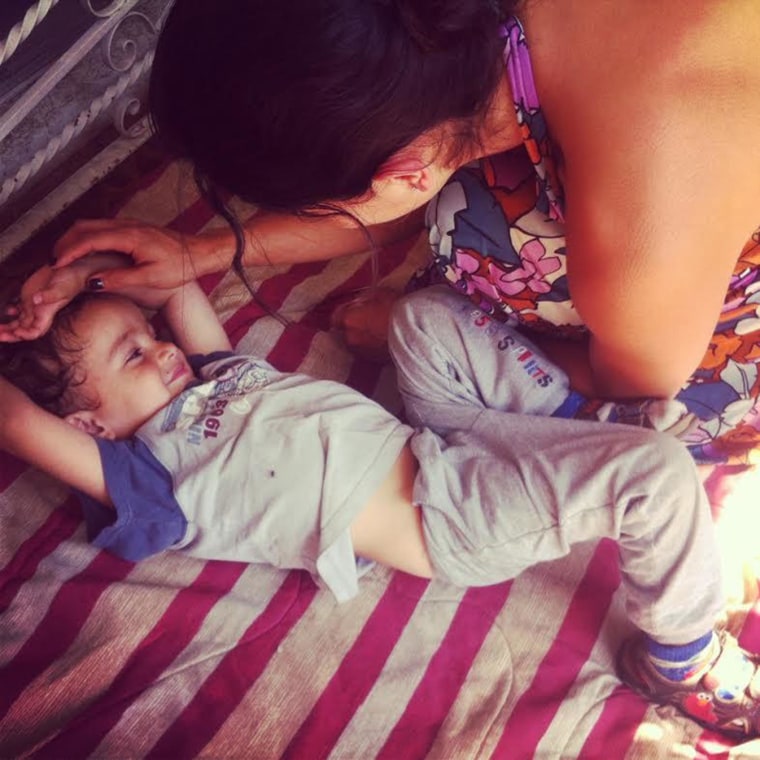
Sign-up process/requirements:
"Volunteers can register on the Corazón de Vida website (www.corazondevida.org). The cost of the trip is $50 USD, and it includes the bus trip, lunch for the kids and volunteers, and a craft for the day. U.S. citizens must have a valid passport. Non-U.S. citizens must have a passport, visa and proper forms for re-entry. For minors under 18, parents must sign a consent form. Minors under 15 must be accompanied by a parent."
How long does the trip take:
"Each month, a chartered bus with up to 55 volunteers departs from Los Angeles, Orange County and San Diego. From there, you’re at the orphanage in Tijuana in 20 minutes - arriving around 10am, and back home by 4pm. You can also go to one of the other orphanages in Mexico, like Baja for example, and you can have housing for a week, or a couple of nights. People come from as far as Germany."
What you do:
"When you arrive, you’re greeted by all the kids. They know you’re coming that day, and they’re super excited. As soon as you get off the bus, they grab your hand and pull you inside. The first hour, you’re walking around and they’re showing you the place. They have an activity for you, making crafts, bracelets, and then you can volunteer to prep for lunch. Every volunteer picks a task for the day."
Why it's important:
"The orphanage in Tijuana is called “La Hacienda” and houses around 50 to 60 kids - the majority ages 3 to 12, a couple of teenagers...Tijuana is a big city and a lot of people are traveling in and out of there - a lot of prostitution, drugs, some places have more kids abandoned than others. I’m working on a documentary on these orphanages, which talks about the basic things the kids struggle with - getting paperwork ready for school, finding their birth mothers, so many struggles these kids are going through."
Life-changing moment:
"Just seeing them (the children) be happy is what keeps me motivated to do my work with them. These kids are so happy. They are just so in love with the volunteers, so excited to see you. It’s so hard to leave. That’s the worst part, to have to go home. There is this one kid this past weekend. She’s about 3 or 4-years-old. She doesn’t speak. They are trying to evaluate her, because she doesn’t laugh or cry. One of the volunteers held her the entire four hours we were there. When we finally had to go, she gave the volunteer a kiss, and everyone was in shock. It is moments like those that you see these kids are getting better, and we are making a positive influence on their lives.
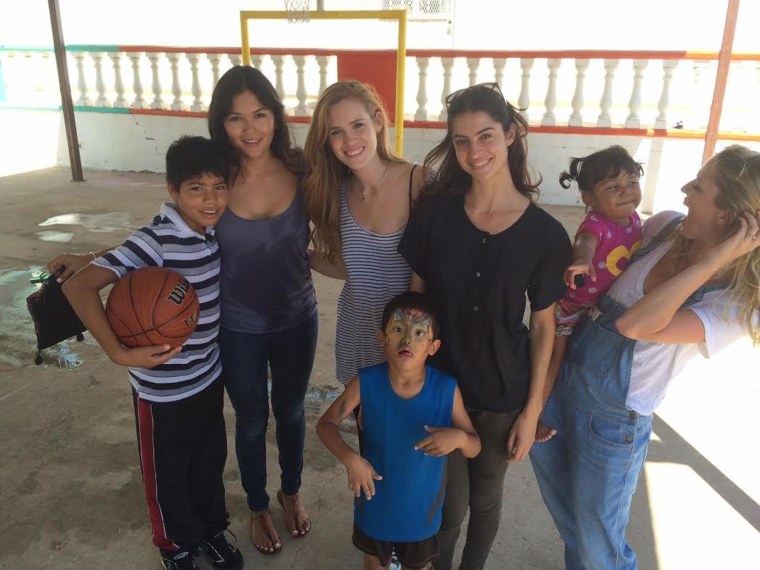
Clean Drinking Water in Ecuador
James Golden traveled to Muisne, a coastal town in northwestern Ecuador, during his summer vacation from Harvard University this past May through early July. He went with Water Ecuador, a nonprofit which provides new drinking water solutions to six developing towns in Ecuador using appropriate technology and business models according to the location.
Water Ecuador was created after Alex Harding traveled from the U.S. to volunteer in a small hospital in Muisne, Ecuador in 2006. He spent all summer watching children come through the hospital’s emergency room with illnesses caused by the lack of safe drinking water: diarrhea, vomiting and intestinal parasites. He quickly learned that being sick was almost a normal state of being in Muisne and decided to do something to stop the cycle. Golden told us about his experience.
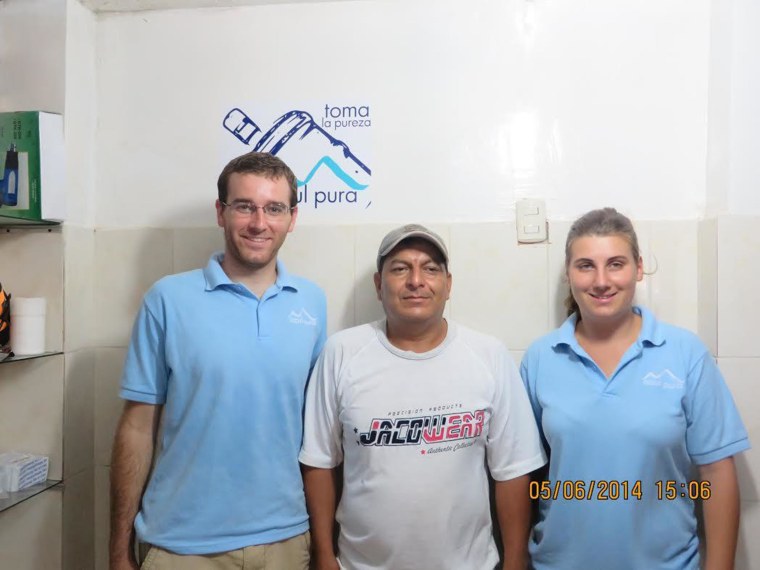
Sign-up process/requirements:
"Water Ecuador does not charge any fees to their volunteers. They just ask that volunteers cover the cost of their travel and room and board. They prefer volunteers with significant experience in global health, or work in developing countries, and ask that volunteers come for a minimum of a month (sometimes doctors go for a week), but anyone is welcome to help. All is takes is filling out a short online application."
Where do you stay:
"The accommodations depend on the site you’re staying at. There are four or five hostels to choose from. You have your own room with a bathroom, and sometimes you have WiFi. The cost is approximately $10 a night for a short-term stay, or $2 to $4 a night for an entire month. The main street of Muisne had a lot of hustle and bustle and store fronts, but as you got away from the main street, you could see poverty a little more evident and streets less paved."
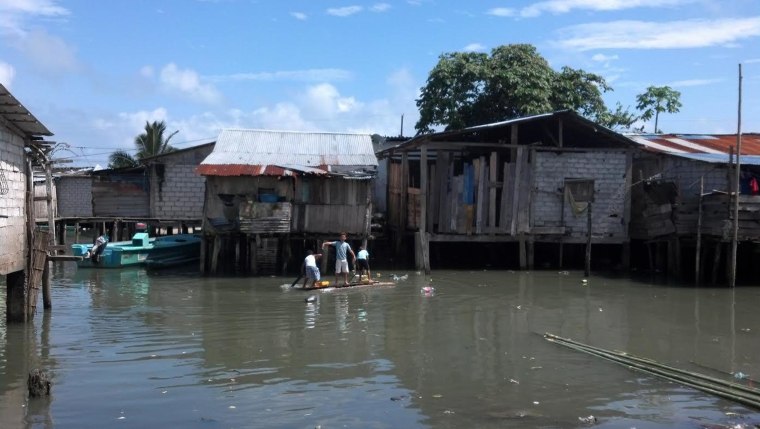
What you do:
"I looked at the cost equality analysis of the 6 water treatment centers that Water Ecuador operates. I was planning on looking at the water quality of the handful of centers in Muisne, comparing it with the water we were distributing ourselves. What I found was that even though the water was adequately treated, they don’t do a good job at sanitizing their reusable water containers. They were contaminated and even had E. coli. That’s what Water Ecuador is currently looking at."
Life-changing moment:
"The second week that I was in Muisne, I got a throat infection. I was trying to tough it out, but after three days of my throat swelling up, I realized I really couldn’t swallow anything. I ended up going to a private doctor, which cost me $10 and antibiotics cost me $4. I tested the water jug I was drinking out of and found E. coli on it. It was the most sick I’ve ever been, and I realized it was kind of routine for them. I experienced how debilitating it can be, but I could afford to go to the doctor. The locals can’t really afford to go to the doctor."
